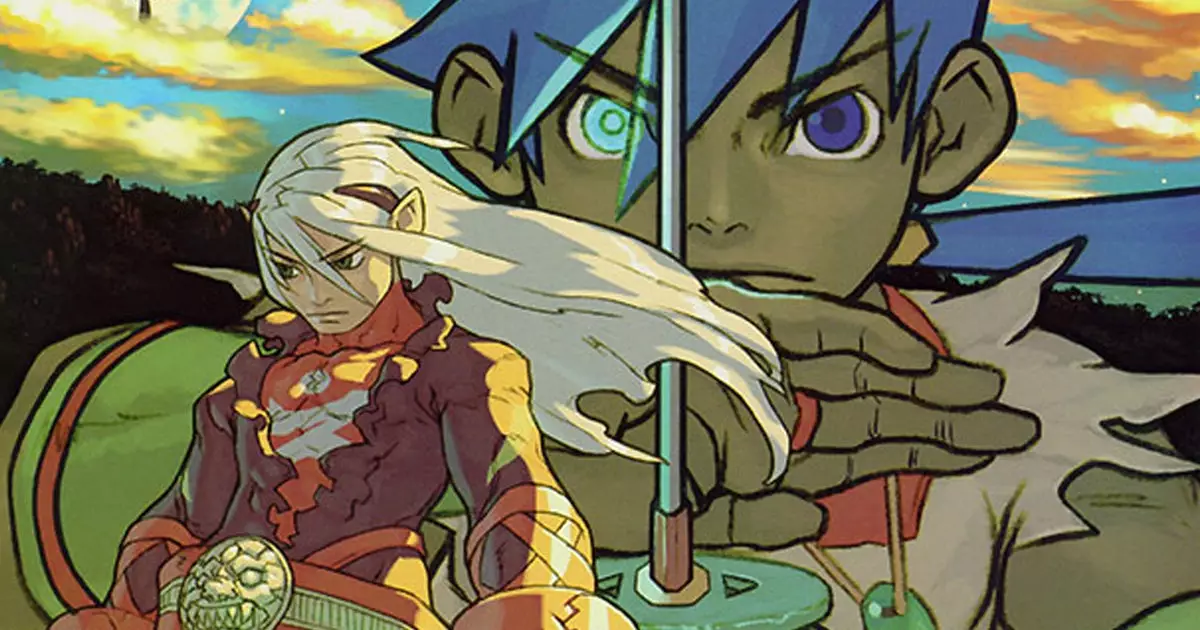In an age where technological advancements should ideally simplify our interactions with software, the reality is anything but. Gaming, especially with legacy titles, can often feel more cumbersome than enjoyable. New hardware promises enhanced performance and improved graphics, yet many seasoned gems, especially from the early 2000s, reveal a troubling paradox: they frequently don’t function as intended on contemporary systems. The complex interplay of software compatibility issues poses challenges that can baffle even the most adept users. This absurdity stands in stark contrast to the fervent nostalgia that older games often evoke, igniting a yearning for the simplicity and charm of that bygone era.
The Role of GOG in Revitalizing Classics
Enter GOG, a platform that is not merely a retailer of digital games but a guardian of gaming heritage. Their dedication to preserving older titles ensures that gamers can reconnect with the experiences that defined their formative years. The recent addition of Breath of Fire 4 to GOG’s catalog is a prime illustration of why their preservation initiative is invaluable. Initially released on the PlayStation in 2000 and later on PC, its previous unavailability on modern operating systems was a glaring oversight that GOG has adeptly remedied.
By reintroducing Breath of Fire 4, players can now indulge in its captivating narrative and rich gameplay without the technical hurdles that might have previously deterred them. Operating seamlessly on Windows 10 and 11, GOG has gone further by integrating enhanced features such as improved graphics settings, audio refinements, and additional display options like V-Sync and Anti-Aliasing, ultimately enriching the user experience.
The Heart of the Revival Movement
Yet, the revival of titles like Breath of Fire 4 is about more than just enhancements; it symbolizes a broader movement within the gaming community that respects its past. Many games, such as Ultima Underworld and Worms: Armageddon, have also benefited from similar revitalizations. GOG stands at the forefront of this movement, reminding us that gaming is not merely a pastime but a cultural phenomenon that deserves preservation and respect.
The thrill of seeing beloved titles resurfacing with a fresh coat of paint offers a delightful blend of nostalgia and excitement. For dedicated fans and newcomers alike, these revivals create connections between generations, bridging the gap of time spent away from exceptional narratives and gameplay mechanics that shaped the medium.
The DRM-Free Revolution
Moreover, one of the most commendable aspects of GOG’s approach is its commitment to a DRM-free model. In a digital landscape where ownership often feels nebulous, this stance empowers users, allowing them to truly own their purchased games. Breath of Fire 4, along with its other catalog entries, is a tangible collection piece, free from the restrictive binds of digital rights management. This philosophy fosters a sense of security among gamers, enhancing their emotional investment in the titles they choose to revisit or discover for the first time.
While the nostalgia is palpable, the overall impact of the GOG preservation initiative lies in its ability to foster community and optimism for the future of gaming. Seeing these classics brought back from the brink inspires anticipation for further revival efforts. As we look ahead, it’s exciting to ponder which beloved titles might soon be freed from the clutches of obsolescence, ready to charm a new generation or rekindle fond memories for the old-timers.

